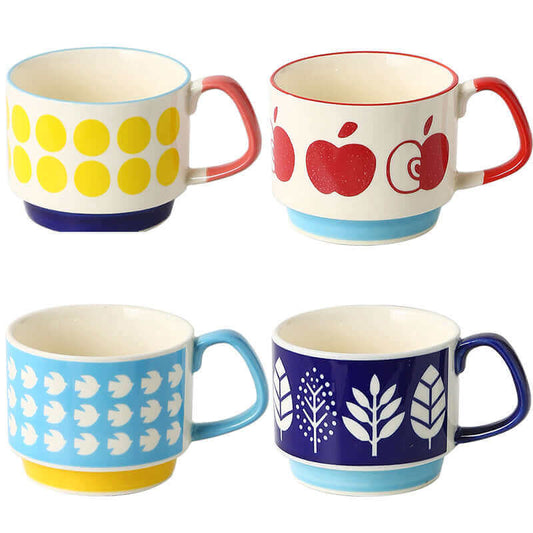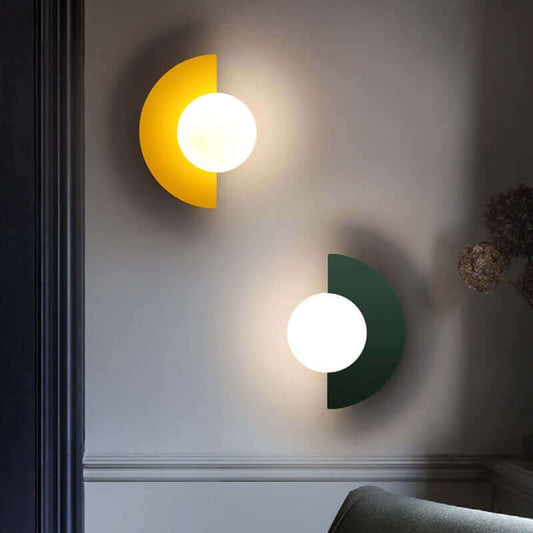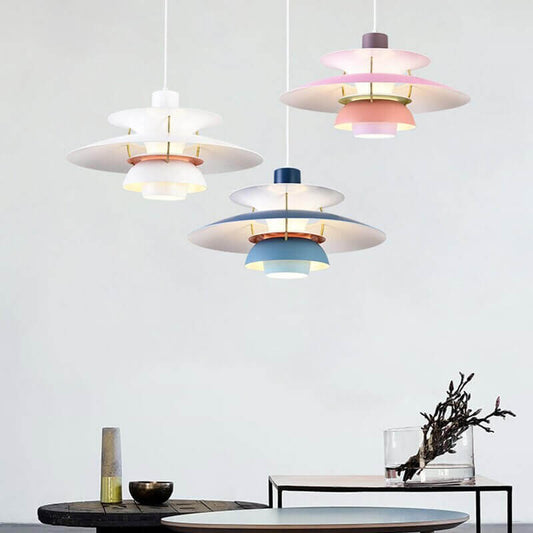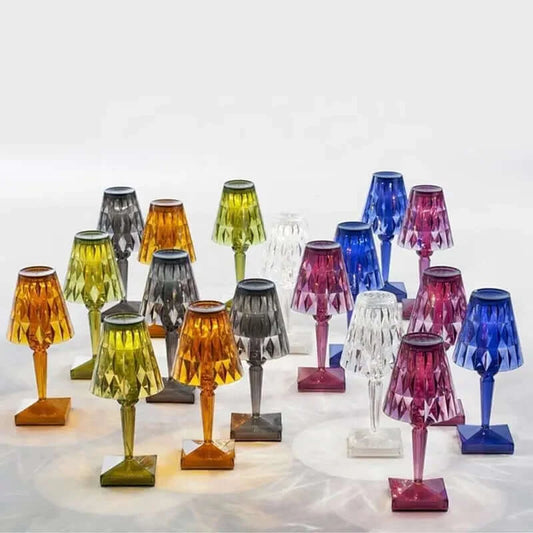The Bauhaus school was founded in Weimar, Germany, in 1919 by architect Walter Gropius, who sought to create a new type of school that would merge the worlds of art and technology. The school was established to provide a comprehensive education in the arts and crafts, and its curriculum emphasized the integration of design, craft, and technology.
One of the key designers associated with the Bauhaus movement was Marcel Breuer, who was known for his furniture designs. Breuer's most famous furniture designs were the Wassily Chair (1925) and the Cesca Chair (1928). The Wassily Chair is made of tubular steel and leather, and was originally designed for Wassily Kandinsky, a Bauhaus instructor. The Cesca Chair is made of tubular steel and cane, and is still in production today.
The Bauhaus philosophy of color had a significant impact on the world of design, and it continues to influence designers today. The Bauhaus approach to color was based on the idea that color should be used in a functional and rational way, rather than simply for decorative purposes.
Another influential figure associated with the Bauhaus movement was Josef Albers, who was an artist and educator. Albers' most famous work was his series of paintings called "Homage to the Square," which consisted of squares of varying colors arranged in a specific pattern. Albers was interested in the way that colors interacted with one another, and he believed that color could be used to create optical illusions and visual effects.
The Bauhaus school was closed by the Nazis in 1933, but its influence can still be seen in design today. The Bauhaus style is known for its simplicity, functionality, and use of modern materials such as steel and glass. The principles of the Bauhaus school, including the use of color as a functional tool, continue to influence designers around the world.
Other notable designers associated with the Bauhaus movement include Paul Klee, Wassily Kandinsky, and Ludwig Mies van der Rohe. Klee was an artist and instructor at the Bauhaus school, and his work was known for its use of bold colors and geometric shapes. Kandinsky was a painter and teacher, and he is credited with developing the first abstract painting. Mies van der Rohe was an architect and designer who was known for his use of industrial materials such as steel and glass.
In summary, the Bauhaus movement was a revolutionary art and design school that sought to merge the worlds of art and technology. The movement had a significant impact on the world of design, and it continues to influence designers today. The Bauhaus philosophy of color was based on the idea that color should be used in a functional and rational way, and this approach to color continues to be influential in design today. The work of notable Bauhaus designers, such as Marcel Breuer, Josef Albers, and Ludwig Mies van der Rohe, continues to be celebrated for its simplicity, functionality, and modern aesthetic.
Nauradika.com puts a huge emphasis on colour as we believe this is the best and easiest way to add joy and life to an interior. Do you miss out on all our colourful objects.

















